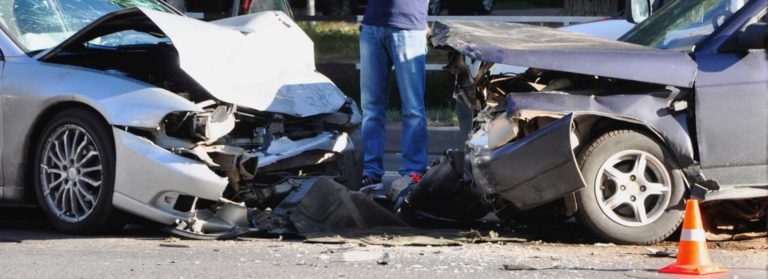According to the National Highway Safety Administration (NHSA,), there are over six million traffic accidents a year in the United States. Many of these accidents result in severe or even catastrophic injuries, leaving victims struggling to pay their medical bills and unable to work to support their families. When these accidents are caused by the negligence or recklessness of other parties, victims can make a claim against the responsible parties for out-of-pocket medical expenses, lost earnings, reduced future earning capacity, pain, suffering, mental anguish, and other causes of action. Here’s how the best car accident attorneys in New York City prove fault for a car accident case.
WHAT ARE NEGLIGENCE AND RECKLESSNESS?
Proving fault for a car accident case starts with establishing negligence or recklessness. Negligence is failure to use the standard of care that’s reasonably expected under the circumstances. For example, hitting another car in the rear due to following too closely and not paying close enough attention to the road. Recklessness is a failure to use proper caution and a lack of concern for the consequences of one’s actions.
Texting while driving, driving under the influence, or weaving in and out of traffic are reckless behaviors. It’s also possible to make claims for negligence or recklessness against parties that were not directly involved in a crash. For example, a pothole in the roadway may have contributed to the accident by causing a driver to lose control of his vehicle. Sometimes an accident is caused, at least in part, by greenery that’s grown over a sign or the design of the highway itself. In such cases, it’s sometimes possible to show that the municipality responsible for the road is negligent. When brakes fail, it could be a manufacturing defect or faulty maintenance. The best car accident lawyers in New York City meticulously investigate each case to find every possible defendant that’s liable for negligence or recklessness.
Presenting Evidence of Negligence and Recklessness
Once the theory of negligence is clear, it’s important to collect evidence to prove these claims. Pictures were taken at the scene that shows the positions of the vehicles on the road and the damage to the vehicles is a great place to start. For example, damage to the rear of a vehicle can help establish that it was hit in the rear and a photo of a pole with a bent stop sign on the ground is evidence that the sign was missing when the accident happened.
Photos of skid marks, potholes, and sharp curves can also help establish fault. The police usually come to the scene of a car accident and make a report, but it’s rare that they witness the accident itself. The police report is still useful to establish the time and place of the accident, and sometimes officers will write down their impression of how the accident happened based on the statements of all involved. Police reports sometimes list people that witnessed the accident, and their testimony can be an important part of establishing fault, especially when drivers’ stories conflict.
It’s common for drivers involved in intersection accidents to both claims they had the green light, making witness testimony or a surveillance video important to establish fault. In New York, you can collect compensation even if you can’t prove the accident is completely somebody else’s fault as “comparative negligence” laws allow people to collect partial compensation for the percentage of fault of the other party.
How The Best Accident Attorneys Put It All Together
The best car accident attorneys in New York City know how to prove negligence and recklessness, and then show how they caused the serious permanent injuries being claimed. That’s why it’s important to contact an experienced personal injury attorney as soon as possible after an accident.


